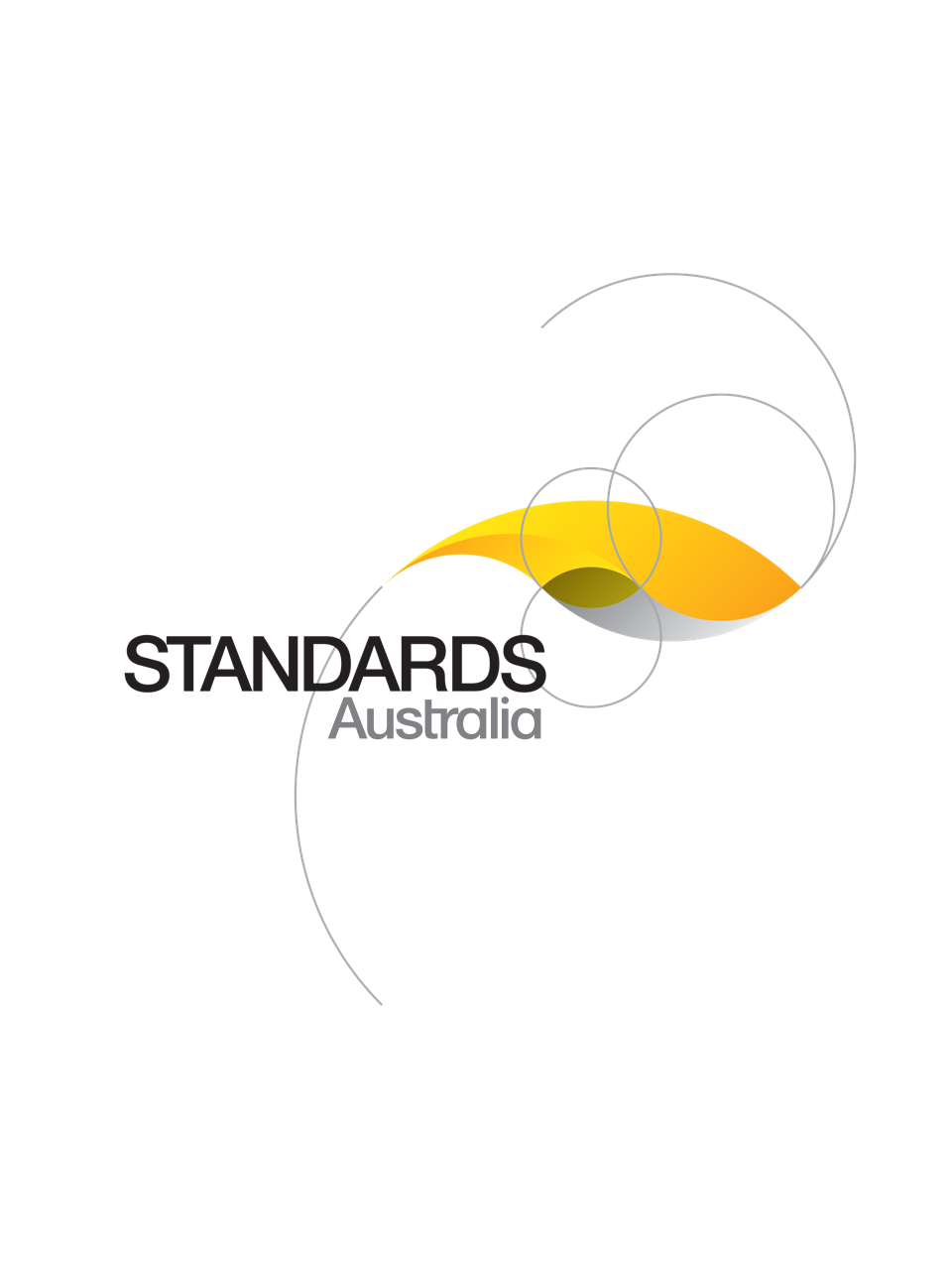Standard
Track updates
AS 3778.4.1:2022
[Current]AS 3778.4.1:2022 identically adopts ISO 1438:2017, which defines the requirements for the use of rectangular and triangular (V-notch) thin-plate weirs for the measurement of flow of clear water in open channels under free flow conditions. It includes the requirements for the use of full-width rectangular thin-plate weirs in submerged (drowned) flow conditions.
Published: 10/06/2022
Pages: 59
Table of contents
Cited references
Content history
Table of contents
Header
About this publication
Preface
Foreword
1 Scope
2 Normative references
3 Terms and definitions
4 Symbols and abbreviated terms
5 Principle
6 Installation
6.1 General
6.2 Selection of site
6.3 Installation conditions
6.3.1 General
6.3.2 Weir
6.3.3 Approach channel
6.3.4 Downstream channel
7 Measurement of head
7.1 Head-measuring devices
7.2 Stilling or float well
7.3 Head-measurement section
7.3.1 Upstream head-measurement
7.3.2 Downstream head measurement
7.4 Head-gauge datum (gauge zero)
8 Maintenance
9 Rectangular thin-plate weir
9.1 Types
9.2 Specifications for the standard weir
9.3 Specifications for installation
9.4 Determination of gauge zero
9.5 Discharge formulae — General
9.6 Formulae for the basic weir form (all values of b/B)
9.6.1 Kindsvater-Carter formula
9.6.2 Evaluation of Cd, kb and kh
9.6.3 Formulae for Cd
9.6.4 Practical limitations on h/p, h, b and p
9.7 Formulae for full-width weirs (b/B = 1,0)
9.7.1 Modular flow discharge formula
9.7.2 Non-modular flow discharge formula
10 Triangular-notch thin-plate weir
10.1 Specifications for the standard weir
10.2 Specifications for the installation
10.3 Specifications for head measurement
10.3.1 General
10.3.2 Determination of notch angle
10.3.3 Determination of gauge zero
10.4 Discharge formulae — General
10.5 Formula for all notch angles between π/9 and 5 π/9 radians (20° and 100°)
10.5.1 Kindsvater-Shen formula
10.5.2 Evaluation of Cd and kh
10.5.3 Practical limitations on α, h/p, p/B, h and p
10.6 Formula for specific notch angles (fully-contracted weir)
10.7 Accuracy of discharge coefficients — Triangular-notch weirs
11 Uncertainties of flow measurement
11.1 General
11.1.1
11.1.2
11.1.3
11.1.4
11.1.5
11.2 Combining measurement uncertainties
11.3 Uncertainty of discharge coefficient, u*(Cd), for thin-plate weirs
11.4 Uncertainty budget
12 Example
12.1 General
12.2 Characteristics — Gauging structure
12.3 Characteristics — Gauged head instrumentation
12.4 Discharge coefficient
12.5 Discharge estimate
12.6 Uncertainty statement
12.6.1
12.6.2
12.6.3
12.6.4
12.6.5
12.6.6
Annex A
Annex B
Annex C
C.1 General
C.2 Confidence limits and coverage factors
C.3 Random and systematic error
C.4 Measurement standards
C.5 Evaluation of Type-A uncertainty
C.6 Evaluation of Type-B uncertainty
C.6.1 General
C.6.2 The triangular distribution
C.6.3 The rectangular distribution
C.6.4 The normal probability distribution
C.6.5 Bimodal probability distribution
C.7 Combined uncertainty value, uc
Annex D
Annex E
Bibliography
Cited references in this standard
